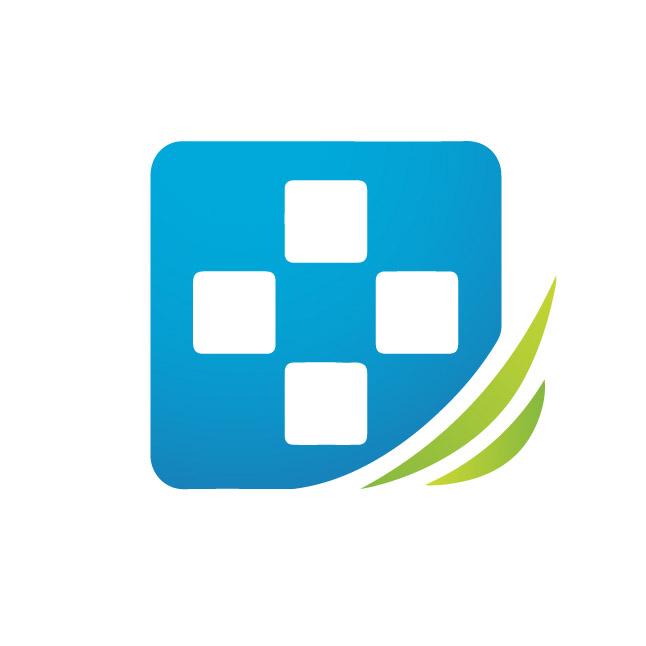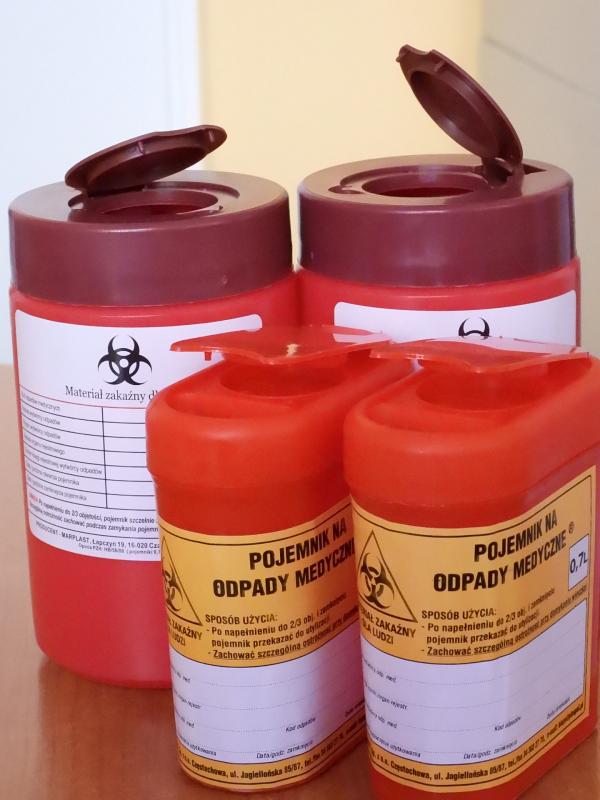Dos & Don’ts for Medical Waste Disposal in Household
3/4/2019

Syringes, old medicines, used tissues... all the medical waste you produce at home can be potentially infectious and therefore you should take the waste management seriously.
Proper disposal of medical waste is crucial to minimize the risk of needlestick injuries or explosion of potential infections to children, housekeepers, pets, waste workers, and others.
A way how to dispose medical waste safely is not a big deal. You just need to follow some simple rules. So, let’s get down to it.
What you should do:
- Return expired and unused medications to your retail pharmacy or to the nearest collection site on the National Prescription Drug Take Back Day.
- Use a home medical waste box with pick-up service.
- Manage non-hazardous waste separately from hazardous waste.
- Waste remaining controlled substance in a syringe into a pharmaceutical waste container.
- Dispose syringes in a sharps container.
To get rid of sharps such as needles, syringes, or lancets, you should soak them in a bleach solution, place them in a puncture-resistant plastic container and tape the lid. After that, you can dispose the container with your other household trash.
What you shouldn’t do:
- Don’t place medical waste in recycling containers.
- Don’t flush the sharps and medications down the drain or toilet.
- Don’t put sharps into common plastic garbage.
- Don’t dispose pharmaceutical non-RCRA waste to a hazardous container.
- Don’t overfill medical waste containers, especially a sharp waste container.
Improper disposal may lead to serious consequences – it may be a source of infection, injuries and toxic effects. Avoid that by following the best practices and preventing mistakes. It is really simple!
The disposal of medical waste is regulated differently by individual states, read more information on medical waste management in California.

